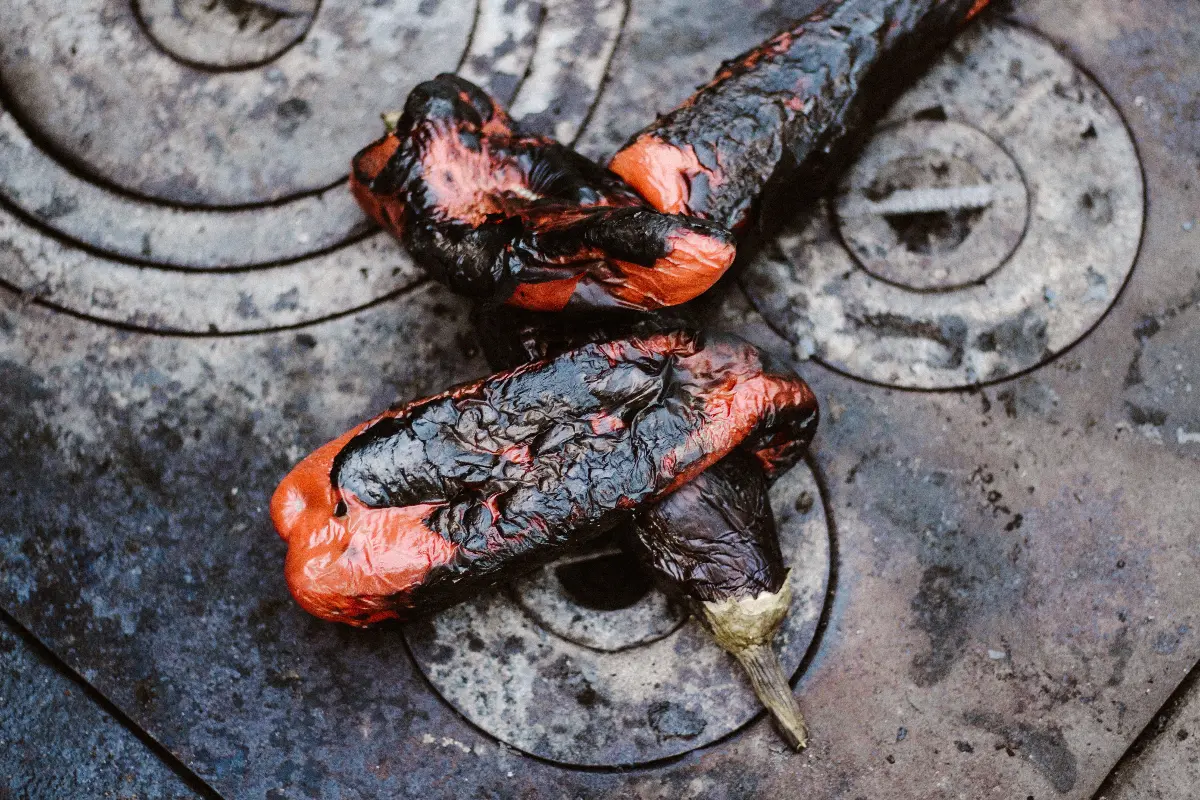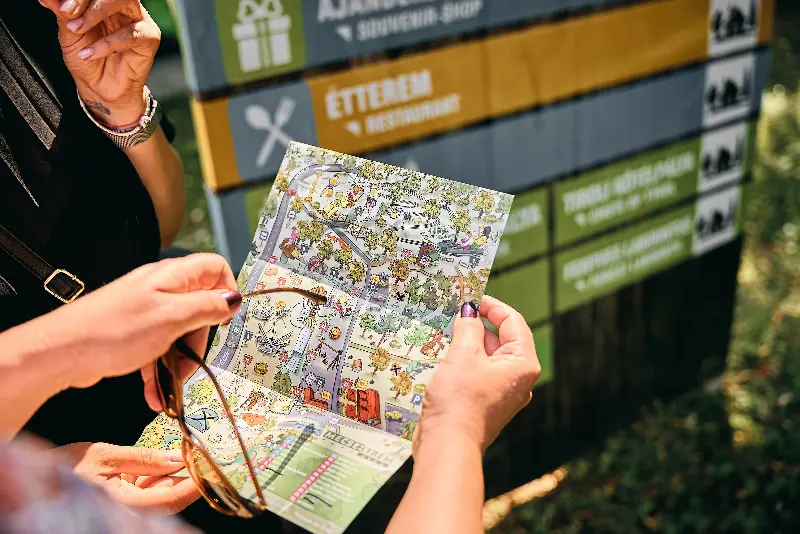
Helyszín címkék:
The king of paprika creams - everything you need to know about ajvar
Hype&Hyper
The origin of ajvar
Ajvar is a popular dish in the Balkans, and is part of the traditional cuisine of Serbia, Croatia, Bosnia and Herzegovina in particular. Its origins can be traced back to the Ottoman Empire, where it was known as hajvar, and the word may not coincidentally bring to mind a similar-sounding food, caviar. In the 1800’s, there was a significant caviar production along the Danube from the eggs of sturgeon that swam up from the Black Sea to present-day Belgrade, originally known as ajvar. In the early 1900’s, when the production of caviar, a luxury item, declined, restaurants tried to replace it with a red sauce made from paprika, known as “red ajvar” or “Serbian ajvar”. Nowadays, no one thinks of ajvar as tiny fish eggs, and the paprika cream has conquered the Balkans from Serbia.

How it’s made?
Ajvar making is a typical early autumn pastime, as the traditionally cold months with no fresh vegetables are a great time for vitamin supplementing with the juicy jarred preparations.

To make the ajvar, the cleaned kapia paprikas and aubergines are placed whole on a baking tray lined with baking paper or on the grill rack and roasted until the skin is black and the flesh is completely soft. After baking, they are cut in half when they have cooled, the seeds are scraped out and the skins are peeled off the vegetables. A sharp knife or grinder is used to chop the ingredients into small pieces, but by no means into a pulp; the ajvar deserves a more rustic texture. Then the grated garlic, chillies, paprika, salt, pepper is added, with white wine vinegar and lemon juice in a few places to acidify the mixture. The resulting paste is then placed in a pan and cooked in oil over a slow fire for hours, stirring to evaporate as much liquid as possible and to allow the oil to act as a preservative. Finally, the brew is put into small jars, placed on the shelves of the pantries and then served to the lucky consumers.

Consumption
Ajvar is a versatile dish that can be eaten in a thousand different ways. Perfect as a dip for fresh vegetables or bread, but can also be spread on toast or added to savoury sandwiches. It can be used as a seasoning for grilled meats such as chicken, pork or beef, but it is also great as a side dish. More and more often, you can find salad recipes with this cream as a character, as a topping for pasta dishes or even as a substitute for pizza sauce. Quick and easy tip: mix the ajvar with cream cheese or seasoned Greek yoghurt for another delicious dipping variation.

Ajvar Festival in Deszk
There is perhaps no other town in Hungary with a greater tradition of the king of paprika creams than Deszk, between Szeged and Makó, where ajvar has its own multi-day festival. The festival, which has been held every year for more than 10 years, has grown from a cooking competition to a multicultural cavalcade of nationalities, where the organisers admit that religious, ethnic and cultural differences do not divide but bring people together. The rich programme includes a craft fair, craft activities, a folk playhouse, traditional archery, concerts, a dance house and, of course, an ajvar cooking competition.








